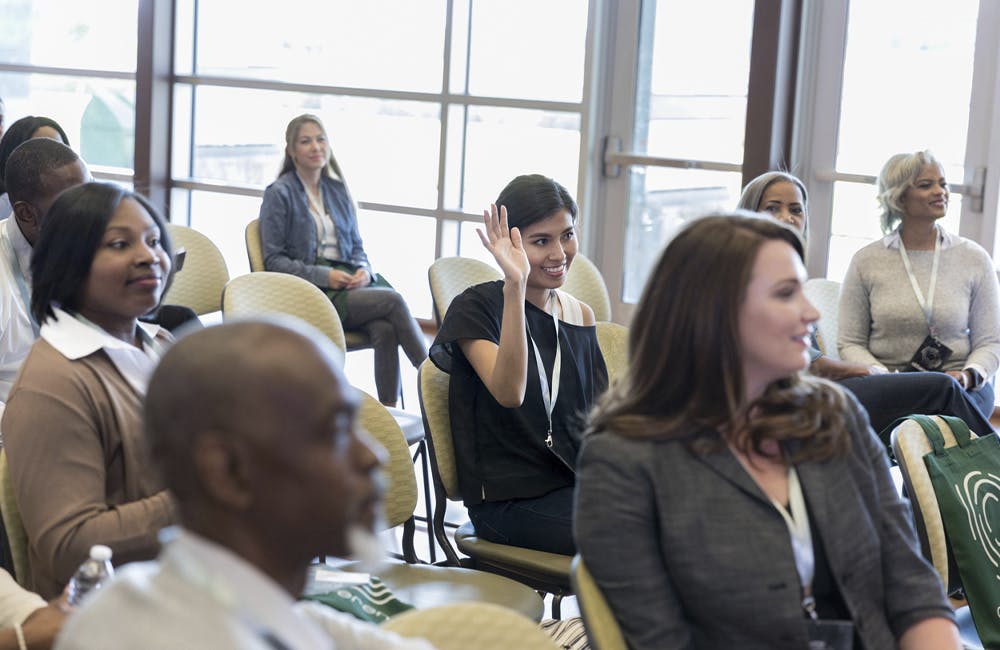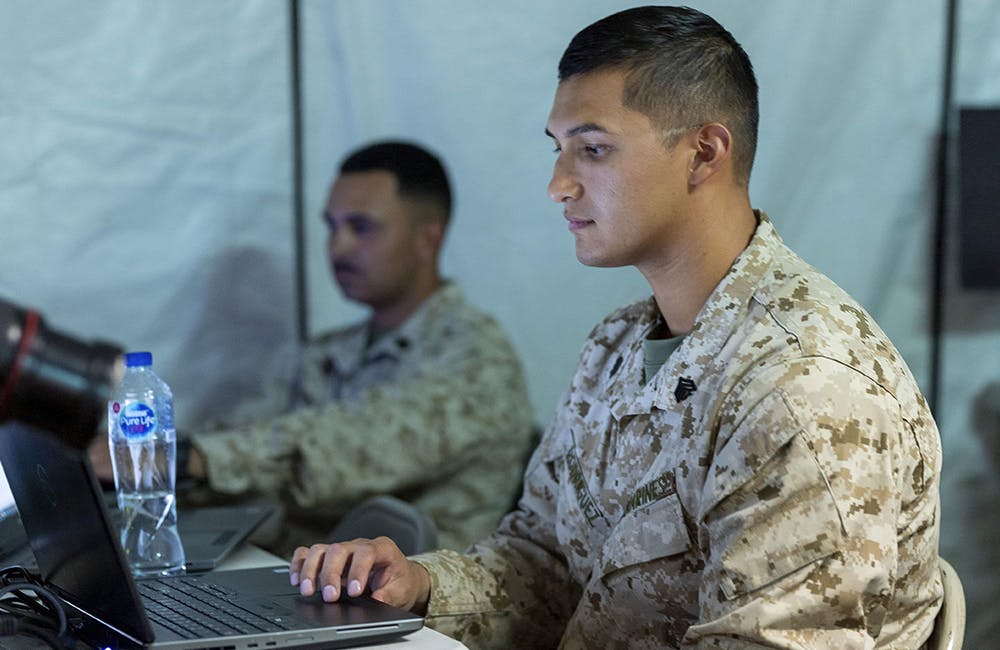The Federal Workforce Strategies Driving AI Adoption

A challenge within any organization working to embrace emerging technology is getting the workforce on board. Both The Department of Veterans Affairs (VA) and the Defense Digital Service (DDS) are implementing various change management strategies to overcome these challenges in modernization.
COVID-19 served as a catalyst to federal IT modernization, with agencies prioritizing new services like telework. The Defense Digital Service had already embraced innovative collaboration tools to support a distributed team, noted Deputy Director Scarlett Swerdlow.
DDS is helping the Defense Department adopt these tools to support remote work and build a sustainable telework and collaboration model to use into the future. Through this flexible telework model, DOD has had access to a wider and more experienced range of talent, without being limited by geographical location.
“We were well prepared for the new reality and the move to remote work,” Swerdlow said during GovCIO Media and Research’s AI Gov: Future Workforce virtual event. “COVID-19 forced the Department of Defense to adopt some practices and tooling that were already more common in industry to support remote work and collaboration … and embrace those tools moving forward.”
Similarly, the Department of Veterans Affairs quadrupled its remote connections at the onset of the pandemic and leveraged telework to quickly recruit more talent across the country. The agency also increased its mobile devices by 12,000 to support the shift. Not only did VA drastically expand its telework capabilities, but also it expanded its telehealth support.
“Pre-COVID, we were doing about 40,000 telehealth visits a month. Now, we’re doing about 40,000 telehealth visits a day,” said Todd Simpson, Deputy Assistant Secretary for DevSecOps at VA. “We really embraced the changing paradigm that COVID gave us. Not only did we embrace it, but our business partners embraced it.”
Part of the workforce management effort within these changes included VA’s DevSecOps journey that has bolstered its relationship with its business partners, moving from a “project approach to a product approach,” Simpson said. Simpson’s team has approximately 32 product lines with about 800 products. VA implemented change management strategies and adopted a more customer-centric business model to ensure the agency delivered valuable products that continued to meet veteran needs.
From the shift, VA has seen successes in both its automated code testing, which has reduced human-driven and manual processes, and its CI/CD pipeline. This led to greater workforce efficiency and more secure veteran products and services.
“We’re using technologies like AI and RPA to make our workforce’s jobs easier — automating business roles and processes so we can free our staff from completed it manually and redirecting it to other more complex tasks that they can focus on,” Simpson said.
These successes have not come without their share of challenges.
Swerdlow said the Defense Digital Service, and DOD overall, faced challenges with recruiting highly skilled technical talent in government. As such, it looked to industry to model some of its recruiting practices by “meeting the candidates where they’re at,” meaning making sure job postings are accessible and visible to their target candidates.
The service also involves technical experts in the hiring and interview process, who can better assess skillsets and ensure the right candidate for the right role. It’s also critical that agencies provide access to modern, industry standard tools, like MacBooks or remote collaboration platforms, to empower the workforce and ease job transitions.
“It’s very important to us at DDS that, when folks arrive on our team, they feel welcomed and they can contribute their entire background to the effort,” Swerdlow said.
VA is also using remote tools to conduct employee engagement to boost a transparent, inclusive culture.
“Transparency is one of our four core values in DevSecOps, and we’re working toward a shared mission in [the VA’s Office of Information and Technology] and collaborating with our business partners, so we’re always transparent, so we can create the very best experience for our veterans. That’s the most important thing to everyone at VA — we’re very mission-driven,” Simpson said.
Looking ahead, both leaders noted they are prioritizing the “fundamentals” of IT modernization and change management to create a solid foundation for technology adoption and innovation.
“The two big goals are IT modernization and IT workforce transformation,” Simpson said. “Those two go hand in hand. Synchronizing our investment in both is, what I believe, going to be the key to success.”
This is a carousel with manually rotating slides. Use Next and Previous buttons to navigate or jump to a slide with the slide dots
-

Navy Expands Black Pearl Capabilities to Drive Operational Resilience
The Department of the Navy's Black Pearl software factory and Innovation Adoption Kit boost software development and operational resilience.
5m read -

How NASA’s AI Plan Boosts Government Efficiency
NASA Chief Data and AI Officer David Salvagnini shares how the agency is integrating AI with data to drive innovation and efficiency across government.
9m watch -

Modernizing IT Systems for AI Adoption
USPS, NIH and Lumen discuss how modernization, data strategies and security are shaping AI’s future role in government.
20m watch -

NSF Wants Industry Driving Quantum Innovation
The agency is pushing for partnerships to enhance the research community as Congress weighs additional legislation.
3m read








